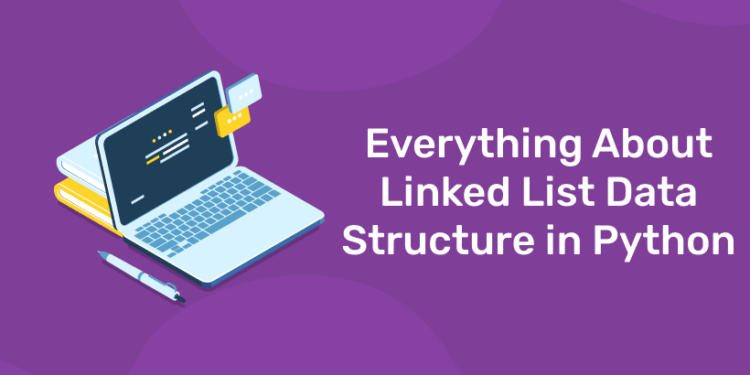Programming languages are used for the designing and maintenance of web applications, mobile applications, software, etc. It is also used for handling big data and to find out insights based on that. There are many programming languages known to us. Programming languages like Python, Java, C, C++, etc are the big names in the field. All of these programming languages offer so many functions to their developers. These built-in functions along with the library support and community support help the developer in the process of designing and maintaining software or client-side requirements.
Make a career in Python. Learn from experts. Join Entri now
Python language is a widely accepted and popular programming language. Python helps in the development of websites and software, task automation, data visualization, and data analysis. It is one of the simplest and easiest languages to work with. The developers will get huge support from the python library and its huge community. Like all other programming languages python also provides built-in functions and tools to its developers to make their projects easy.
Best Python courses and Placements. Sign up to Entri
What is Linked list Data Structure?
A linked list is an unbent array of data pieces whose hierarchy is demarcated by their material sequence in memory. Instead, each piece refers to the one before it. It is a data structure composed of nodes that represent a series. In its most basic form, each node has data plus a reference (or link) to the next node in the sequence. This structure allows for the efficient insertion or removal of elements from any place in the sequence during iteration. More complicated forms have more links, allowing for more efficient insertion and removal of nodes at arbitrary places. Linked lists are used in a variety of applications due to their dynamic size allocation and simplicity of insertion/deletion. They are used to implement many sophisticated data structures, such as graph adjacency lists. They are used in operating systems for lifecycle management. A doubly linked list is used to implement a playlist in a music application. A linked list is at the heart of the blockchain, a complicated data structure used for cryptocurrencies and ledgers.
Each record in a linked list is sometimes referred to as an ‘element’ or ‘node.’ The element on each node containing the address of the next node is commonly referred to as the ‘next link’ or ‘next pointer.’ The remaining fields are termed as ‘data,’ ‘information,’ ‘value,’ ‘freight,’ or ‘payload.’ A list’s ‘head’ is the first node. The ‘tail’ of a list can refer to either the remainder of the list following the head or the last node in the list. In Lisp and some derivative languages, the next node in the list is known as the ‘cdr,’ whereas the payload of the head node is known as the ‘car.’
Python Made easy ! join to get free demo video !
Are you aspiring for a booming career in IT? If YES, then dive in |
||
Full Stack Developer Course |
Python Programming Course |
Data Science and Machine Learning Course |
Single linked list in Data Structure
Linked list data structures are of two types:
Single linked lists have nodes with a data field and a ‘next’ field that points to the next node in the line of nodes. Insertion, deletion, and transit are all operations that can be performed on single linked lists. Let us see the example of how a single linked list can be implemented in python from scratch.
- 11.search(head, data) – In the Linked List, look for the provided entry.
- 11.print_list() – The linked list should be printed.
- 11.size() – The length of the linked list is returned.
- 11.insert(ele) – Add the specified node to the linked list.
- 11.delete(data) – Remove the specified element from the linked list.
Build your career in Python. Join Entri App!
Linked List Operations
Let us look at the basic operations of linked lists.
1.Insertion
In this operation a new element is added to the list. Insertion is done in three stages:
1.Insertion at the start:
- Make a new node with the given data.
- Place the new node next to the old head.
- Direct your attention to this new node.
2.Insertion in the middle/at the end.
3.Insertion following node X:
- Make a new node with the given data.
- Point the new node to the old X’s next.
- Point X is located near this new node.
2.Deletion
In this option, an existing element is removed from the list.
1.At the start, deletion:
- Assign the node pointed by the head as Temp.
- Point your finger to Temp’s next.
- Temp node uses free memory.
2.Removal in the middle/end.
3.After node X, deletion:
- Assign the node pointed to by X as Temp.
- Point X to the right of Temp.
- Temp node uses free memory.
3.Traversing
In this operation, the transit along the list is done.
- As Current, get the node pointed by the head.
- Check to see if Current is not null and then display it.
- Move to the above step by pointing Current to Current’s next.
Learn Python from experts. Sign up to Entri app
Conclusion
Linked list data is one of the important functions offered by most programming languages. In this article, we have discussed what is linked list data structure, its uses, and the operations of linked lists. In python also linked list data structure plays an important role.
| Our Other Courses | ||
| MEP Course | Quantity Surveying Course | Montessori Teachers Training Course |
| Performance Marketing Course | Practical Accounting Course | Yoga Teachers Training Course |










